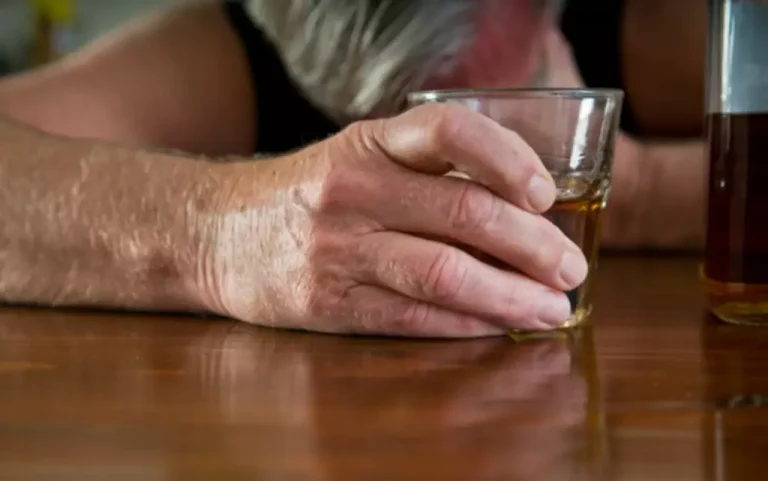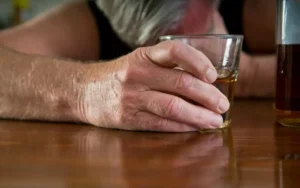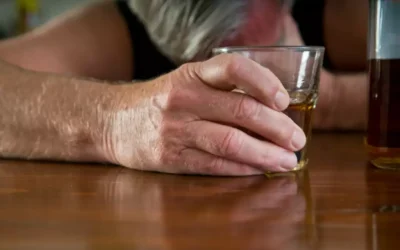
If your alcohol use is severe, you’ll likely need to go to an inpatient facility so that you can safely withdraw from alcohol. Alcohol withdrawal can be dangerous, so it’s important to seek medical help. Further research into the causes of AUD might help experts develop more treatment options.
- However, narcissistic traits do not inherently indicate the presence of a mental health disorder.
- People with NPD often have poor impulse control and difficulty relating emotionally to others.
- It can be hard to hold a connection with someone who appears to only think about themselves.
General differences in how people’s bodies handle alcohol

Understanding the multifaceted impact of these intertwined behaviors can be the first step toward healing. People with both NPD and AUD are often treated with a combination of medication and psychotherapy. Medications for AUD can help to reduce cravings and withdrawal side effects, whereas therapy can be beneficial for reducing distorted thinking about alcohol and developing stronger coping skills. Therapy can also help people with NPD to process unresolved childhood trauma and develop skills for managing their symptoms 1.
- Support from loved ones can help people with NPD or AUD change their behavior and work toward recovery.
- Narcissistic alcoholics frequently prioritize their own needs and desires above others.
- The common traits of a narcissist include grandiosity, an overpowering need for admiration, and a startling lack of empathy.
- Understanding how narcissistic personality traits may contribute to the development of alcoholism is crucial in comprehending this connection.
What’s The Relationship Between Alcoholism And Narcissism?
They tend to display more passive-aggressive behaviors, self-pity, and a victim mentality. Vulnerable narcissists, on the other hand, tend to be more realistic about alcohol-related problems, such as passing out or feeling sick, and more willing to discuss them. When a narcissist gets drunk, the situation can quickly deteriorate as their grandiose behavior becomes increasingly exaggerated.
Rehabilitation Strategies: Recovery Phases & Managing Relapse Risks
Many narcissists, on the other hand, are sold on the idea of their own uniqueness and often do not want to change, Brunell says—even if they know that their behavior is working against them. Communal narcissists seek out admiration by being exceedingly—often excessively—caring and helpful, sometimes offering assistance when it’s neither needed nor requested. If someone you love needs treatment for alcohol use disorder, there are also new, online options that can make the process easier.
Impact on Relationships
Understanding the reinforcing patterns and negative consequences of the narcissism-alcoholism cycle is crucial in developing effective treatment approaches. By addressing both conditions simultaneously, individuals can break free from this destructive cycle and work towards a healthier and more fulfilling life. Certain genetic variations may predispose individuals to develop these conditions. However, genetics alone do not determine the development of narcissistic traits or alcohol misuse.

People in this group were also less likely to see their alcohol use as a problem. When discussing the relationship between narcissism and alcoholism, Sober living house it’s helpful to divide narcissists into two distinct groups. Multiple regression analyses were conducted in Stata 14 (StataCorp, 2014). Five outcome variables (alcohol use, problems, and problem recognition, expectancies and evaluations) were tested in steps. For each regression model, gender, social desirability, and alcohol use (in the models where it wasn’t the outcome) were entered at Step 1. Though age was collected, it was not controlled for due to the sample being so homogenous.
Mutual Reinforcement and Negative Consequences
In a nutshell, grandiose narcissists may feel proud of their excessive alcohol use, and the problems it can cause, if it makes them stand out. Meanwhile, vulnerable narcissists deal with inner shame that can make them more likely to develop alcohol abuse problems later on as a way to cope. Little is known about narcissism and drinking in college students, a population that is at high risk for alcohol-related problems. No studies examined associations between narcissism and alcohol problems, problem expectancies, problem evaluation and readiness to change. Recovery from the intertwined challenges of narcissism and alcoholism is possible but requires narcissism and alcoholism a multifaceted approach. It involves addressing both the personality disorder and the addiction simultaneously.

- By addressing both conditions simultaneously, individuals can break free from this destructive cycle and work towards a healthier and more fulfilling life.
- Engaging in arguments with an alcoholic narcissist can be futile and emotionally draining.
- Dual-diagnosis treatment focuses on providing clients with emotional stabilization and ensures they receive support for any underlying issues affecting their mental or physical health.
- Narcissistic personality disorder (NPD) is one of the Cluster B personality disorders, which are characterized by unpredictable and emotional behavior.
- The Diagnostic and Statistical Manual of Mental Disorders (DSM-5) outlines the criteria for diagnosing NPD, including a pervasive pattern of grandiosity, a constant need for admiration, and a lack of empathy.
They will fabricate stories of victimization or exaggerate minor issues to gain validation and emotional support while using their drunken state to excuse their behavior. Studies suggest that “narcissists have higher cortisol and cardiovascular reactivity in socially threatening situations” and experience more stress. When intoxicated, they may use alcohol to dominate others, manipulate situations, or maintain a sense of superiority. We talk loudly, interrupt people, and generally behave as if no one else’s feelings matter. You’ve joined your colleagues for a drink after work, and as the night progresses, your narcissistic boss’s behavior becomes increasingly intolerable. When AUD and NPD occur together, it can increase a person’s hostility and https://ecosoberhouse.com/ aggression.
Narcissistic injury—a highly reactive sense of shame or ‘narcissistic wound’—is another significant issue. In order to receive a diagnosis of NPD, someone needs to display the above symptoms over several years. A 2018 study found that people with personality disorders were more likely to have AUD at some point in their lives.

Tandem Disorders: Narcissistic Personality Disorder (NPD) and Alcohol Use Disorder (AUD)
Two participants were considered multivariate outliers and excluded from the analysis due to unreliable response style. Additionally, 36 participants were excluded from the analysis because they took the survey in less than 600 seconds (10 minutes). The final analysis sample was 345 participants, which represents about 90% of the original 383 participants. Thirteen additional outliers were included but reduced in value to one unit greater than the nearest non-outlying value.42 Variables included in the analyses were relatively normally distributed.

